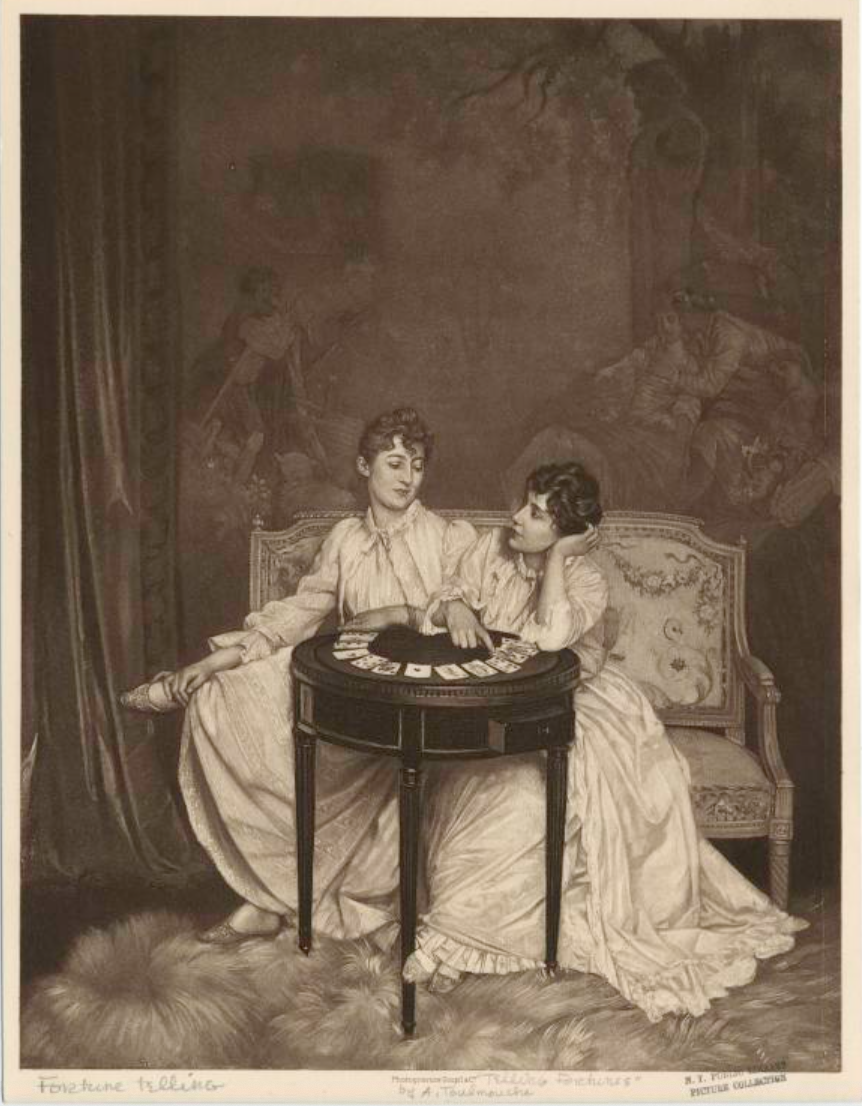Pushing the structure breaks the room’s silence. When rotated the whole building functions like a giant dial, used to scroll through sounds which play through the room’s historic speakers. The nature of this interface, for how rotational movement controls the sound, is one of these ‘unchained details’.
A unique form of precision was developed specially for the work, it references the gap in logical reasoning which audiences experienced at magic lantern shows & other early displays of moving image technology.
The precision was engineered with an organic feeling, too human be automated by technology. Within the room there was no cabling, sensors or signs of technology. When a causality can’t be detected, it creates a logical gap, one which brings with it a unique feeling. This feeling is what led early moving image to be associated with the supernatural, and which the nature of this interaction aimed to echo.
A unique form of precision was developed specially for the work, it references the gap in logical reasoning which audiences experienced at magic lantern shows & other early displays of moving image technology.
The precision was engineered with an organic feeling, too human be automated by technology. Within the room there was no cabling, sensors or signs of technology. When a causality can’t be detected, it creates a logical gap, one which brings with it a unique feeling. This feeling is what led early moving image to be associated with the supernatural, and which the nature of this interaction aimed to echo.
The work treats the Black Maria’s design as a character in its own right. This sound interaction puts the visitor in a kind of call and response dialogue with the building, effectively giving it a voice.
Creating rituals and seeking out situations which provide guidance, in the form of messages, signs or lessons, can be considered a timeless human behaviour. In recent years cinema has occupied this role in culture, just as tarow readers, the night sky or priests have done over the years. Framing the work as a one to one encounter was a gesture towards this, an effort to sample some essence of this tradition.
Creating rituals and seeking out situations which provide guidance, in the form of messages, signs or lessons, can be considered a timeless human behaviour. In recent years cinema has occupied this role in culture, just as tarow readers, the night sky or priests have done over the years. Framing the work as a one to one encounter was a gesture towards this, an effort to sample some essence of this tradition.

